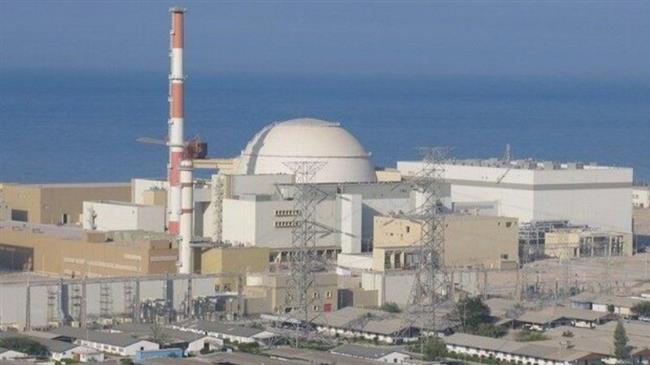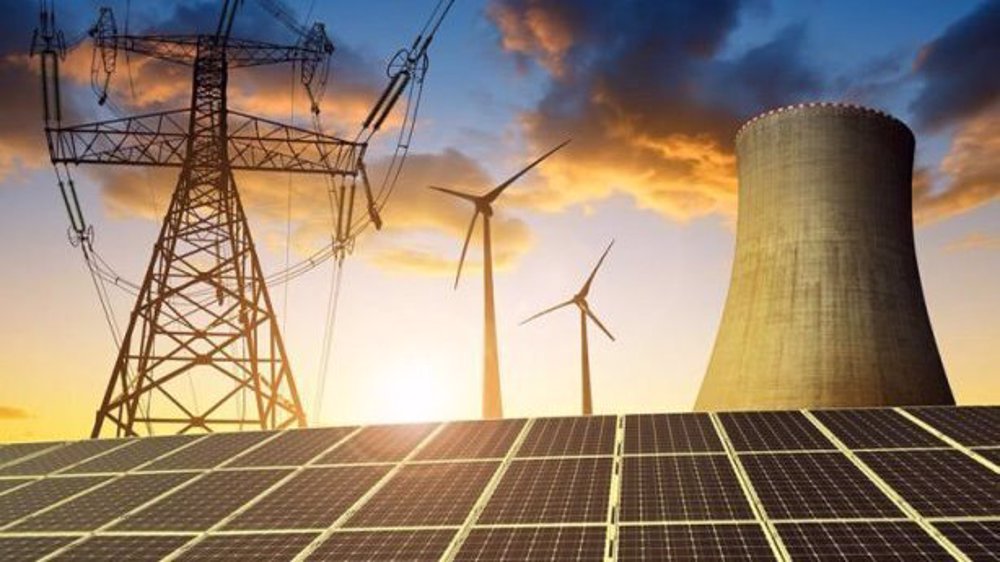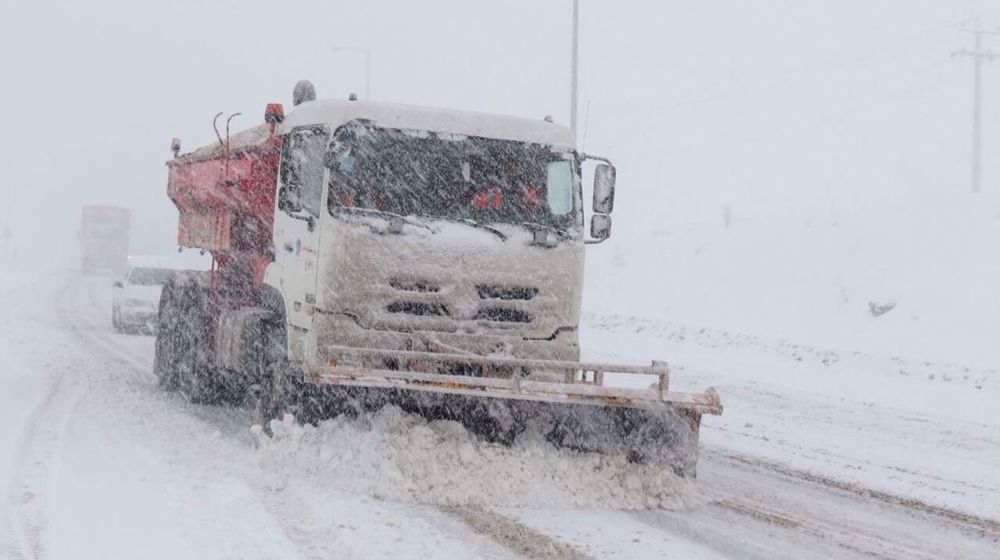Iran celebrates first ever overhaul of Bushehr nuclear plant by its experts
Iranian experts have carried out overhaul and maintenance work on Bushehr Nuclear Power Plant for the first time and reconnected it to the national grid, the Atomic Energy Organization of Iran (AEOI) said on Tuesday.
The facility, the first nuclear power plant in Iran, came back online after it was shut down in early April for fuel change and repair by Iranian technicians without the help of Russians who have built it.
“For the first time, the annual fuel change and periodic repairs of the main equipment at Bushehr Nuclear Power Plant were carried out by the capable specialists of this advanced nuclear power plant, and the power plant was reconnected to the national electricity grid after successful tests,” AEOI said.
“With the summertime peak consumption period just beginning, the plant successfully resumed electricity generation on Sunday and hooked up with the national electricity grid,” it added.
Sunday marked the start of the summer in the Iranian calendar, during which many consumers crank up their air conditioners amid sizzling temperatures which see the mercury hit 50 degrees Celsius in some southern cities.
According to Director of Bushehr Nuclear Power Plant Reza Banazadeh, fuel change is “a very sensitive and complex process” which is carried out by skilled Iranian operators.
They use a robot to discharge one-third of fuel and load new uranium fuel rods to the core of the reactor after a series of specialized activities, he added.
For Iran, this is a big feat. AEOI spokesman Behrouz Kamalvandi had said in May that Iran would probably cut its dependence on Russian engineers and become self-sufficient in maintenance work on the Bushehr plant by 2022.
The task was successfully carried out especially at a time when the coronavirus outbreak this year has left Iran with some constrains for using domestic and foreign contractors at the site, Banazadeh said.
“By turning this restriction into a valuable opportunity and relying on the knowledge and responsibility of the power plant's committed personnel as per a precise planning, the periodic repair of the plant’s main equipment was carried out by the capable forces of this huge industrial complex with minimal utilization of contracting services.”
It shows that Iran can continue to advance despite difficulties, Banazadeh said.
The plant, built with a capacity to produce 1,000 megawatts of power, started adding electricity to the national grid in September 2011.
Iran began building two more nuclear reactors in a joint project with Russia’s Rosatom energy firm in Bushehr in November 2017.
The country’s aim is to build nuclear power plants with 20,000 megawatts capacity to meet growing electricity demand, so it can save its hydrocarbons for export.
According to AEOI chief Ali Akbar Salehi, as a result of the Bushehr plant operation, some 11 million barrels of crude oil is saved annually. It also helps reduce up to seven million tonnes of gas emissions every year.
“Since the cost of constructing a 1000-megawatt nuclear power plant is $5 billion, we need to invest $100 billion to build nuclear power plants with a capacity to generate 20,000 megawatts of electricity,” Salehi has said.
Russia has been involved in Iran’s nuclear power generation efforts more than any country. It is currently supplying the nuclear fuel used at Bushehr, but the Islamic Republic has said it wants to make its own fuel so that it will have secure supplies in the future.
US fighter aircraft shot down ‘in friendly fire’ amid aggression on Yemen
Yemeni FM: Israel’s sponsors accountable for ongoing aggression on Sana’a
Eight Palestinians killed as Israel attacks Gaza school, hospitals
VIDEO | Rome, Milan host new protests in solidarity with Palestinians
Dec. 21: ‘Axis of Resistance’ operations against Israeli occupation
Spain jurists demand ties with Israel ties be cut
VIDEO | Press TV's news headlines
VIDEO | Iran honors top Science Olympiad medalists












 This makes it easy to access the Press TV website
This makes it easy to access the Press TV website